Donald Trump’s Reciprocal Tariffs: A Bureaucratic Nightmare
At first glance, Donald Trump’s proposal for reciprocal tariffs seems like an administrative headache. A closer look reveals it to be even worse.
A Playground Approach to Trade Policy
"He started it!" may be a common justification on the playground, but it could soon define America’s trade strategy. On February 13th, Donald Trump announced his intention to introduce reciprocal tariffs in the name of fairness. The specifics—when these levies will take effect and how they will be applied—remain uncertain. A memorandum directs federal agencies to assess "non-reciprocal trade arrangements," including value-added taxes (VAT) and non-tariff barriers, and to propose remedies by April 1st. As a result, American officials now face the complex and unenviable task of determining which trade partners have the most unfair policies.
The Impossibility of Equalizing Tariffs
One possible approach is for the U.S. to match tariffs imposed by its trade partners. America already imposes import taxes on a vast range of goods—its tariff schedule includes 13,000 categories, from artificial flowers to swords. If the U.S. were to match tariffs with all of its roughly 180 trade partners, this could create an overwhelming 2.3 million individual tariffs. Effectively, the U.S. would be outsourcing its trade policy to foreign governments, which have vastly different industrial structures and interests.
This could lead to absurd outcomes. Colombia, for example, imposes a 70% tariff on coffee to protect its domestic plantations. The U.S., however, does not produce significant quantities of coffee. Matching Colombia’s tariff would neither stimulate American coffee production nor persuade Colombia to lower its own levies.
A more viable strategy might be to focus on the overall level of tariffs applied to American goods. Colombia, for instance, imposes an average tariff of 5.2% on U.S. imports, while the U.S. applies an average tariff of only 0.3% on Colombian goods. However, determining the appropriate average is another challenge. Should the U.S. use a simple average, dividing the total tariff rates by the number of items, or a trade-weighted average, which adjusts for the volume of imports affected? The latter approach would prevent excessive focus on high but irrelevant tariffs but might overlook particularly prohibitive barriers that prevent trade altogether.
The VAT Confusion
Another issue is the value-added tax (VAT), which the U.S. does not levy. Trump has argued that foreign VAT systems should be treated as tariffs, but this comparison is flawed. Unlike tariffs, VAT does not discriminate between domestic and foreign goods. While VAT is refunded on exports, ensuring foreign products face the same tax burden as domestic ones, this does not provide an unfair advantage.
Nevertheless, Trump adviser Peter Navarro has singled out the European Union as a prime offender in the VAT issue. Within the EU, VAT rates vary among member states, with a minimum threshold of 15% and additional exemptions for certain goods and small businesses. If the U.S. were to mirror these rates, it would introduce even more red tape. A flat tariff equivalent to each country’s VAT rate could be another approach, but it would disproportionately impact countries like Hungary, which has a 27% VAT, while benefiting those with lower rates, such as Canada (5%) and Australia, Japan, and South Korea (10%).
The Challenge of Non-Tariff Barriers
Beyond tariffs, there are non-tariff barriers such as food safety standards. A White House fact sheet highlighted the EU’s ban on shellfish imports from 48 U.S. states as an example. Other barriers include quotas and regulatory assessments at the border. The World Bank estimates that 94% of European imports are subject to non-tariff barriers, compared with 62% for the U.S. However, many of these barriers do not unfairly target foreign goods; they often apply equally to domestic producers. That said, Trump could redefine what constitutes a non-tariff barrier to suit his agenda. In his first term, his administration labeled data protection laws and antitrust regulations as trade barriers.
A Risky Strategy
Countries targeted by Trump’s policy will not remain passive. Trump has pledged that he will lower tariffs only if other countries reduce theirs first, insisting that his levies will be "no more, no less!" than those of foreign governments. However, trade rules set by the World Trade Organization (WTO) require countries to extend the same tariff rates to all trading partners unless specific trade agreements dictate otherwise. While the U.S. has largely distanced itself from the WTO, other nations continue to adhere to its framework.
Rather than bending to Trump’s demands, other nations could retaliate or seek legal workarounds. Alternatively, they could comply and reduce tariffs across the board, triggering an unprecedented wave of trade liberalization. This outcome, however, remains highly unlikely.
Ultimately, Trump thrives on uncertainty, using tariff threats as leverage in negotiations. For instance, a February 13th meeting between Trump and Indian Prime Minister Narendra Modi concluded with India agreeing to purchase more American oil and gas. While this tactic may yield short-term gains, it may not work indefinitely. Financial markets have barely reacted to the prospect of reciprocal tariffs, suggesting investors believe Trump is bluffing. In reality, America’s relatively open trade policy benefits its consumers. If Trump follows through on his threats, higher tariffs will lead to rising prices, and other countries may eventually call his bluff.
After all, as another playground adage goes: "The only way to deal with bullies is to stand up to them."








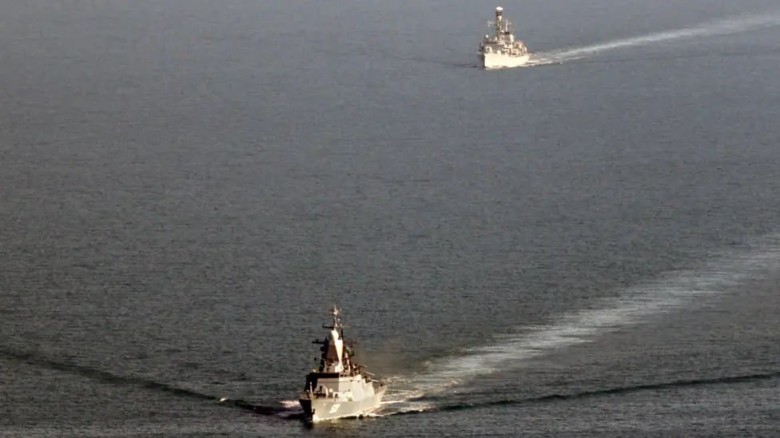
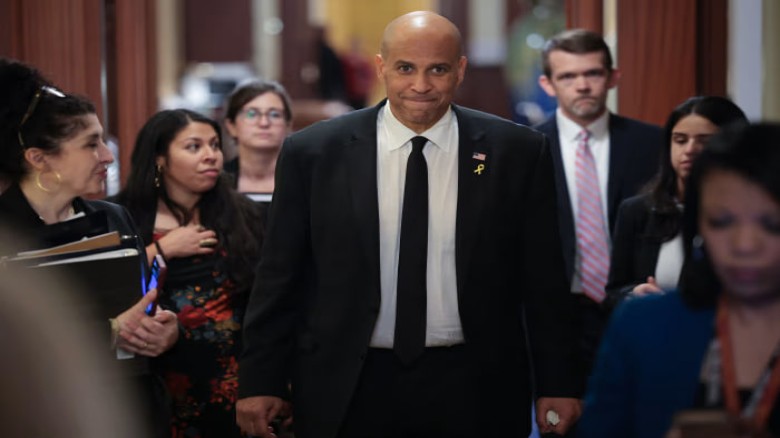


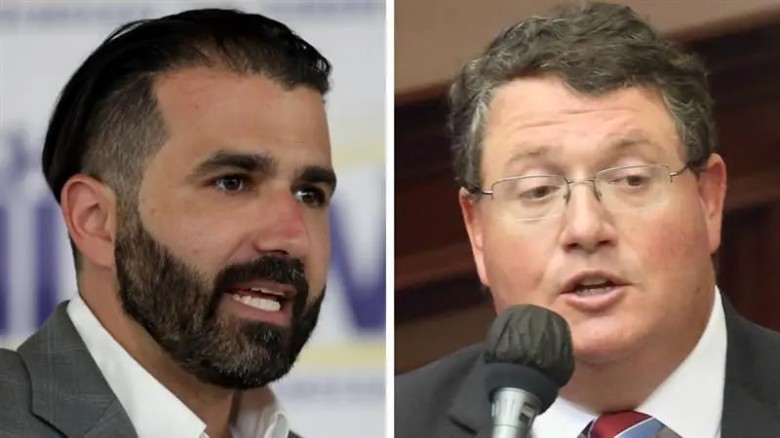
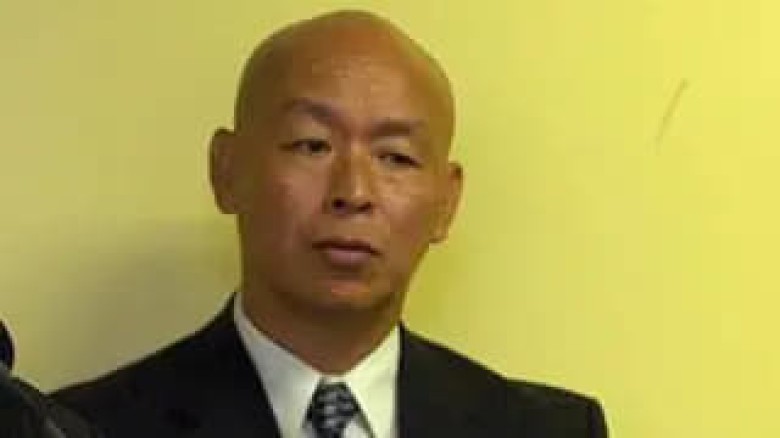
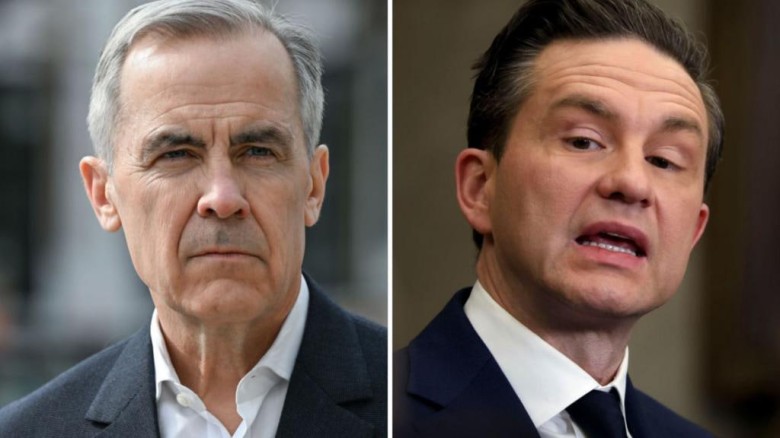
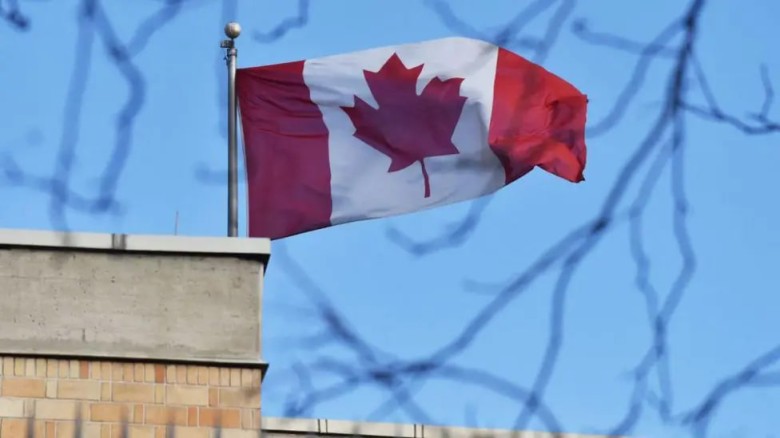
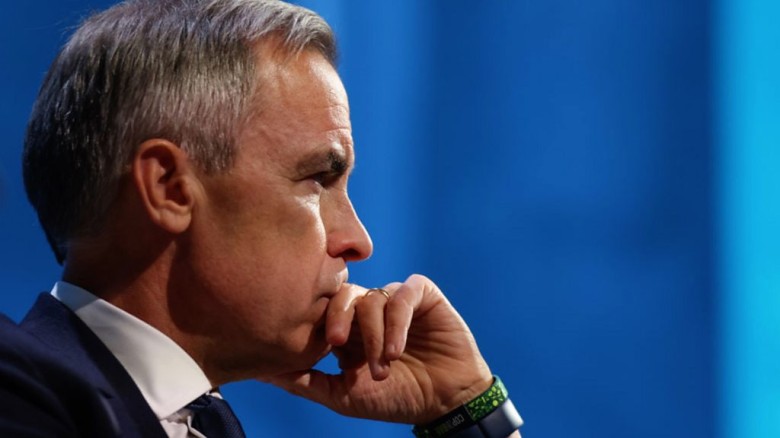

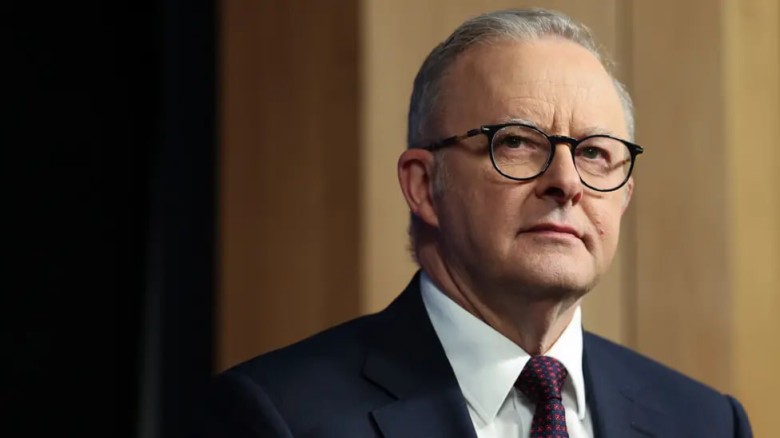





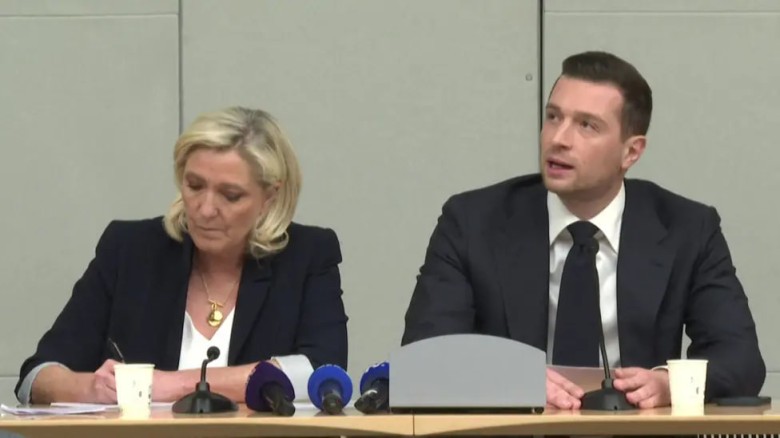






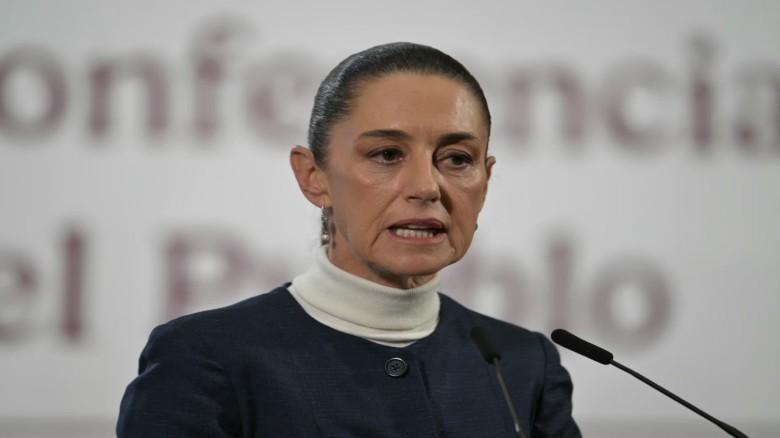


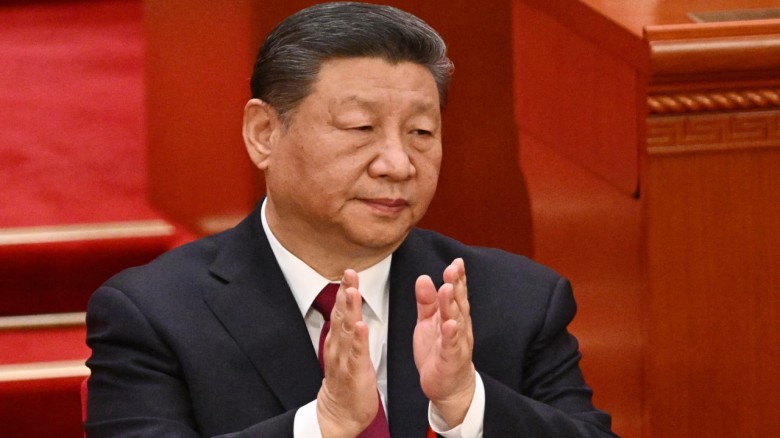
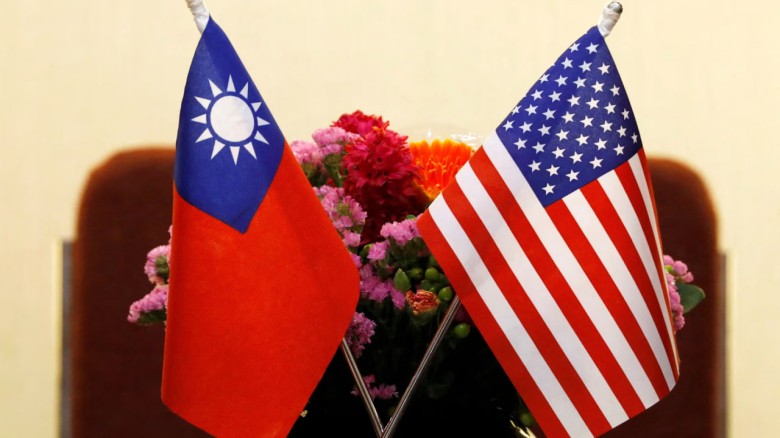
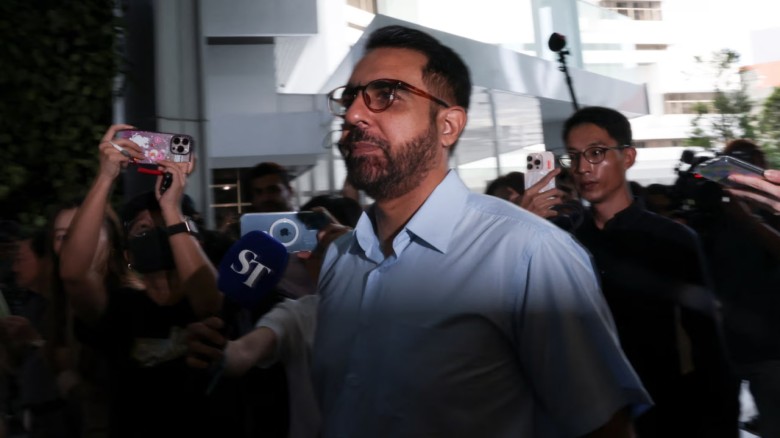




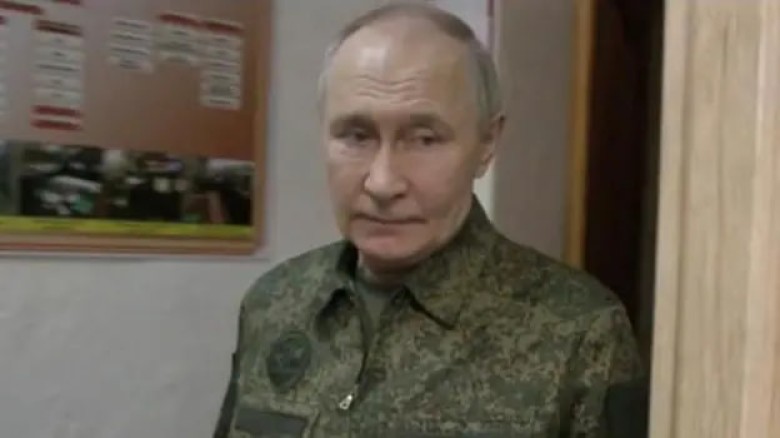
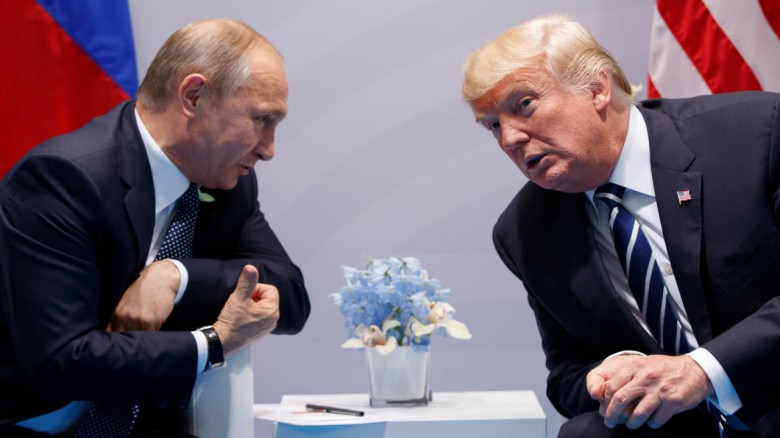

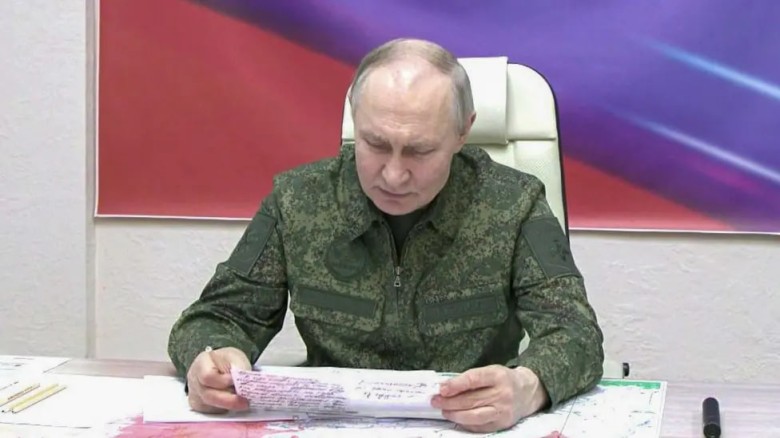


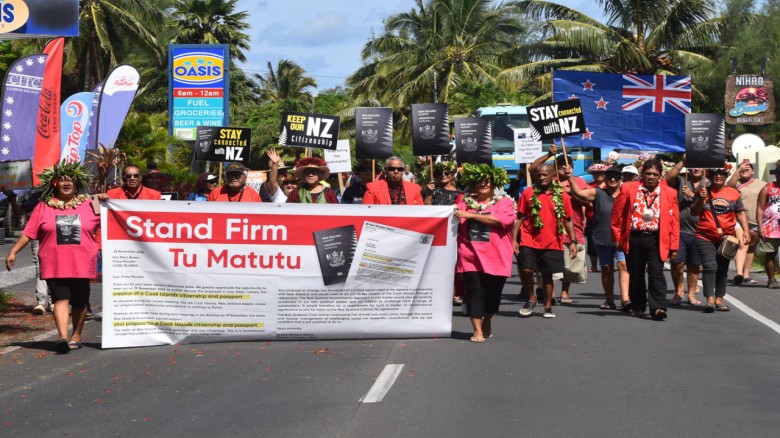





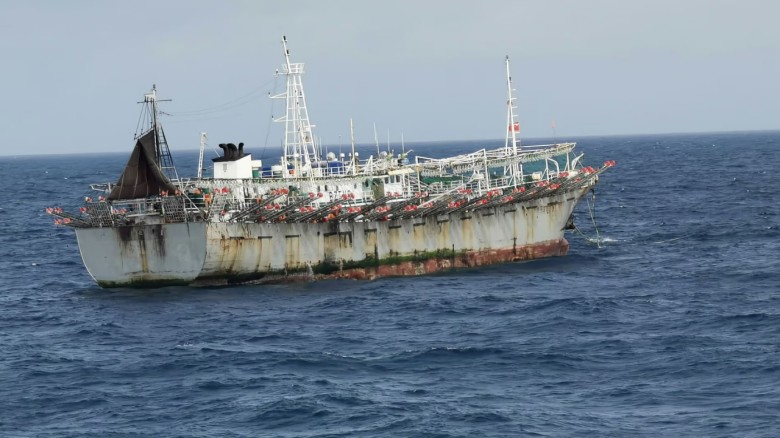

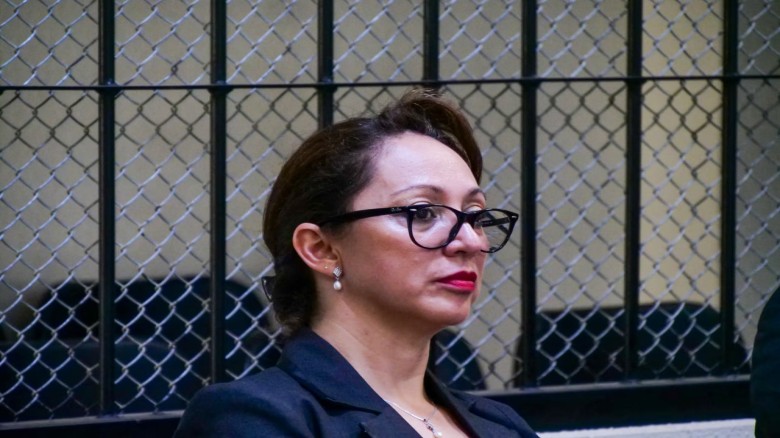











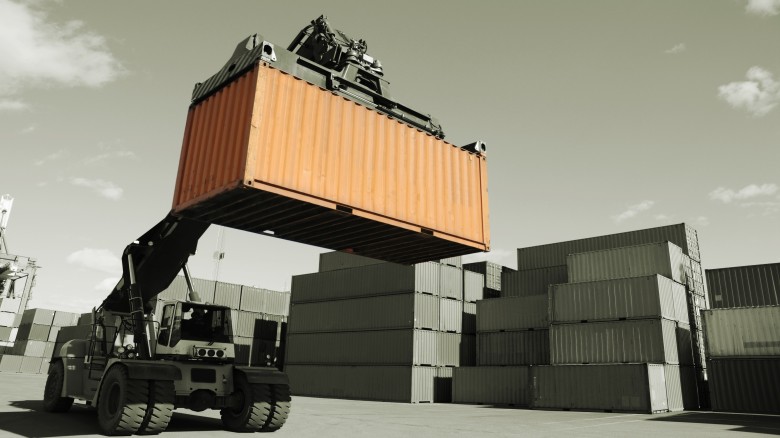


Leave A Comment